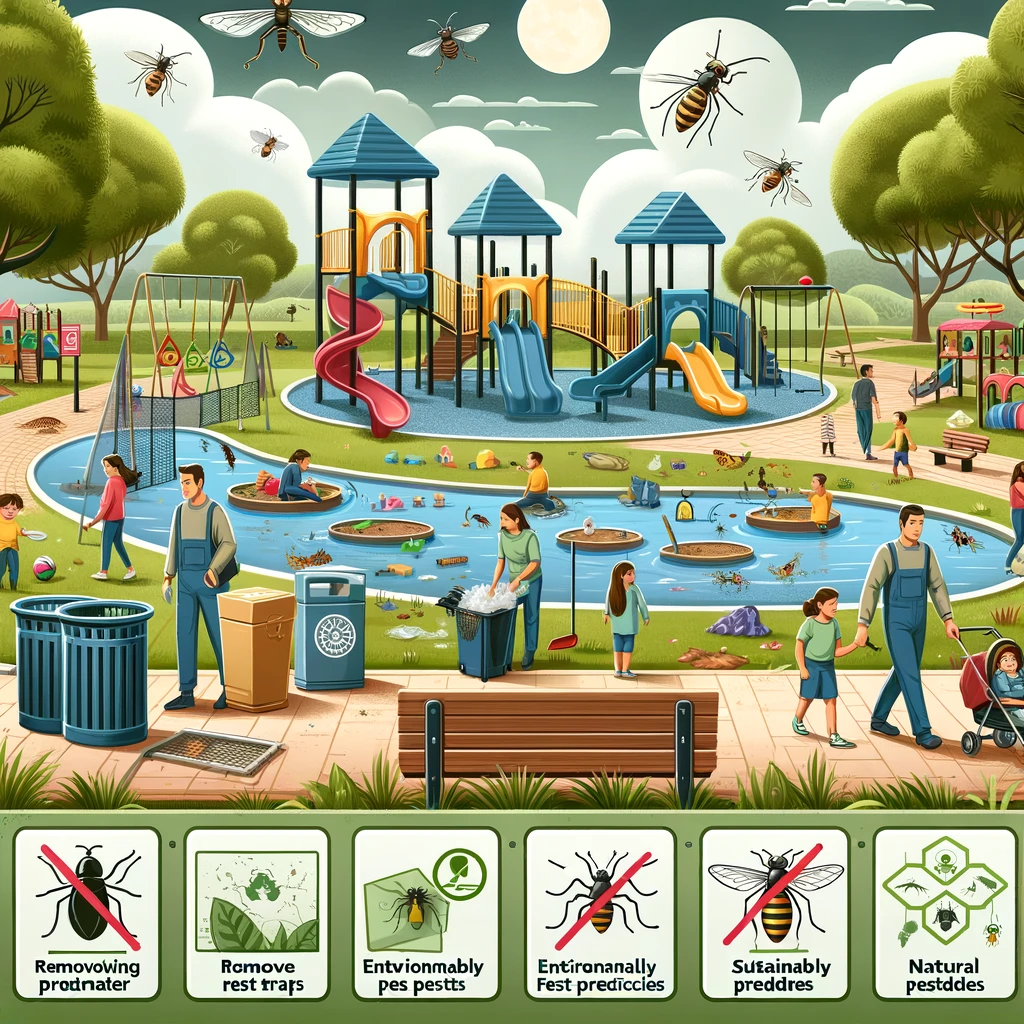
Introduction to Pest Control in Recreation Areas
Pest control in recreation areas is vital for maintaining healthy public spaces that are safe and enjoyable for everyone. Parks, playgrounds, and other outdoor recreational facilities are essential for community well-being, providing opportunities for exercise, relaxation, and social interaction. However, these spaces are also prone to pest infestations, such as rodents, mosquitoes, ticks, and other insects, which can pose health risks and disrupt public enjoyment. Effective pest management is crucial to ensure that these areas remain welcoming and safe for the public.
Health Risks Posed by Pests in Public Spaces
Pests in recreation areas can pose significant health risks to the public. Mosquitoes, for example, can transmit diseases such as West Nile virus, dengue fever, and Zika virus, while ticks are known carriers of Lyme disease. Rodents like rats and mice can spread diseases directly through bites or indirectly through fleas, ticks, and mites. Additionally, some pests can trigger allergies or asthma attacks in sensitive individuals. These health risks underscore the importance of proactive pest control measures to protect public health and maintain the safety of recreational spaces.
Pest Management Strategies in Recreation Areas
To effectively manage pests in recreation areas, a combination of prevention, monitoring, and targeted control methods is necessary. Prevention strategies include maintaining clean environments by regularly removing trash, debris, and standing water that can attract pests. Landscaping practices, such as using pest-resistant plants and keeping grass trimmed, can also help deter pests. Monitoring involves regular inspections to detect early signs of pest activity, allowing for timely intervention. When pests are detected, targeted control methods such as traps, baits, and environmentally friendly pesticides can be used to manage populations without causing harm to non-target species or disrupting the ecosystem.
Challenges in Implementing Pest Control in Public Spaces
Implementing pest control in public spaces presents several challenges. One of the main challenges is balancing the need for effective pest management with public safety and environmental protection. Many traditional pest control methods, such as chemical pesticides, can pose risks to non-target species, including pets and beneficial insects, as well as to humans who frequent these spaces. Additionally, public perception and acceptance of pest control measures can vary, requiring education and communication efforts to build support for integrated pest management (IPM) practices that are safer and more sustainable.
Sustainable Approaches to Pest Control in Recreation Areas
Sustainable approaches to pest control in recreation areas focus on minimizing chemical use and promoting ecological balance. Integrated Pest Management (IPM) is an approach that combines various strategies, including biological controls like introducing natural predators, mechanical controls such as traps and barriers, and cultural practices like proper waste management and habitat modification. The use of environmentally friendly products, such as biopesticides and natural repellents, is also encouraged to reduce the impact on the environment and public health. By adopting these sustainable practices, recreation areas can be kept pest-free while preserving their ecological integrity.
